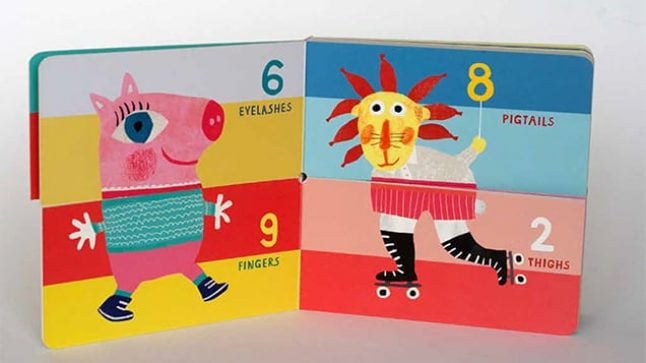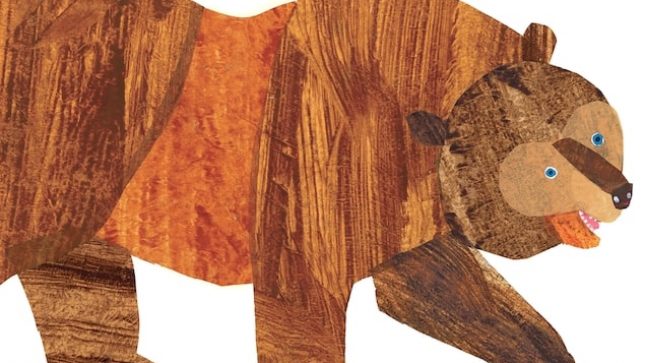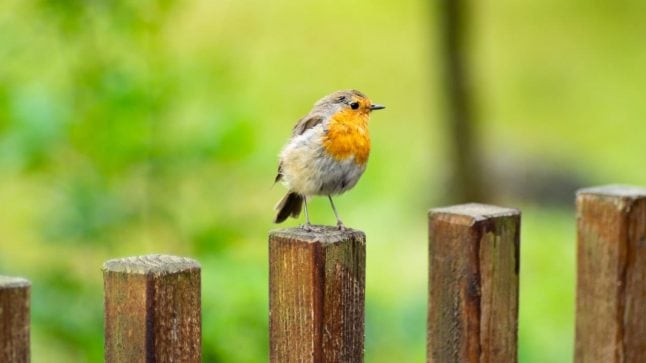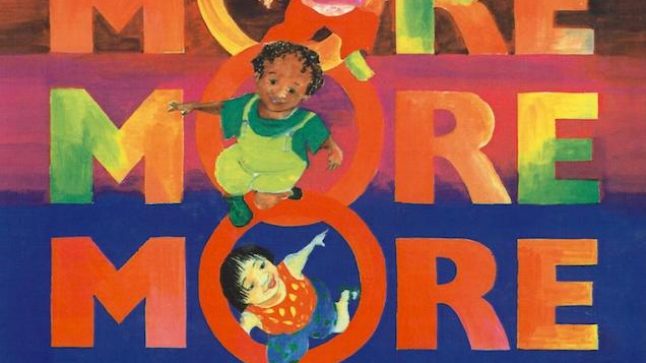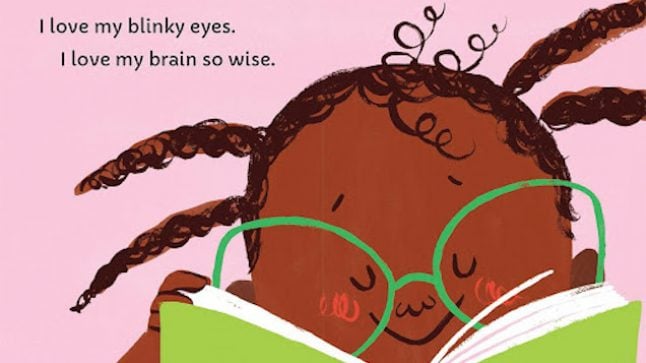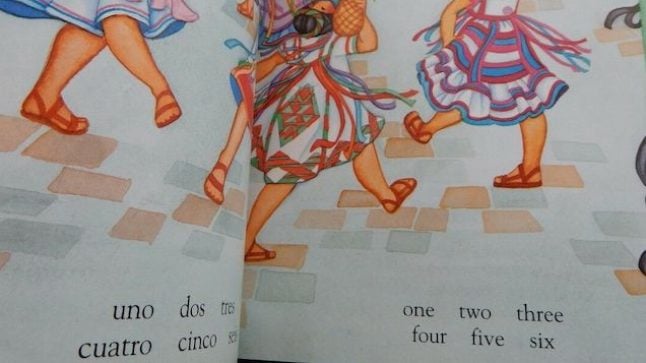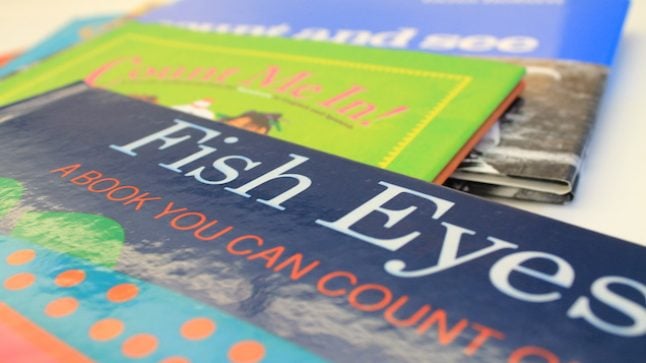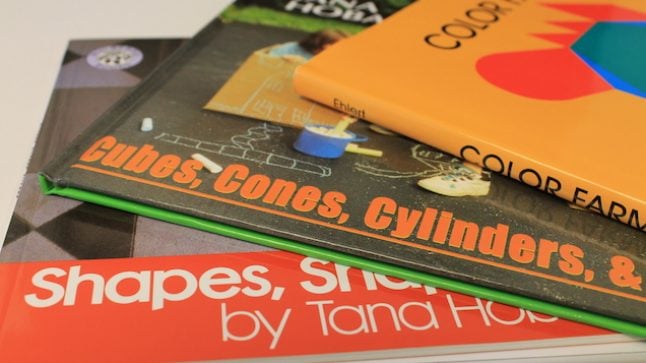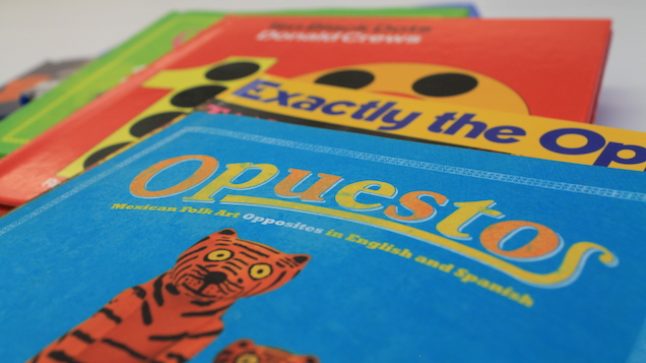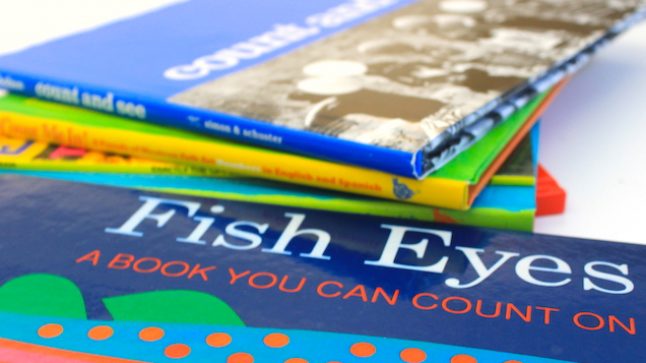Series: Book Ideas
Book Ideas for Early Math Learning
This series of book ideas encourage using stories to infuse the early years with mathematical learning. From the infant years until they are putting together more advanced numeracy concepts in elementary school, books can be a gateway for early math discussions.
Below find all the resources we have placed in our series titled BOOK IDEAS.
Series: Book Ideas
4 Playful Counting Books That Bring Numbers to Life
September 28, 2022
Counting books that offer children opportunities to participate bring play into math learning. These books engage children physically, cognitively, and emotionally—making them favorites that children will ask to read again and again.
- Topic: Number Sense
- Age/Grade Level: Pre-K, Kindergarten, 1st Grade
- Tags Family Math
Series: Book Ideas August 18, 2021
Beloved Eric Carle Books Illustrate the Math in Story Time
For over 50 years, millions of children have returned again and again to the books illustrated and written by Eric Carle. Kids can’t get enough of his colorful collages, animal characters, and rhythmic texts.
Series: Book Ideas May 5, 2021
Early Childhood Data Collection Activities Are for the Birds
Children are naturally interested in birds, so springtime is the perfect opportunity for early childhood data collection activities. Here are some favorites, along with book recommendations.
- Topic: Data Analysis
- Age/Grade Level: Pre-K, Kindergarten, 1st Grade
- Tags Animals, Family Math, Birds, Kevin Henkes, Asia Citro, Susan Edwards Richmond
Series: Book Ideas November 11, 2020
Best Books for Toddlers to Spark More Talk about More and Less
It’s easy to turn reading books with toddlers into conversations about the math that is all around us. The idea of more and less comes into all kinds of books and finger plays toddlers love—including…
- Topic: Precursor Concepts
- Age/Grade Level: Toddlers
- Tags Family Math
Series: Book Ideas November 3, 2020
Best Books for Babies to Find Math in Their World
Books are great for babies. Research clearly supports this. What are the best books for babies? We use our Precursor Concepts as a framework for discussing math thinking during the ages of 0-3.
- Topic: Precursor Concepts
- Age/Grade Level: Infants
- Tags Family Math
Series: Book Ideas August 11, 2020
3 Children’s Books Where Small Numbers Matter
As children start using number words, they don’t always have a sense of what those words really mean. Early on, we guide children to develop a meaningful number sense by focusing on small numbers.
- Topic: Number Sense
- Age/Grade Level: Pre-K, Kindergarten
- Tags Subitizing, Tana Hoban, Family Math, More Fewer Less, Uno Dos Tres/One Two Three, Pat Mora, Two Mice, Sergio Ruzzier, download
Series: Book Ideas March 24, 2020
At-Home Activity Cards: Counting
Activities related to counting books can spark a lot of conversation and creativity. These English and Spanish-language activity cards are great for printing and using at home and school.
- Topic: Counting
- Age/Grade Level: Pre-K, Kindergarten
- Tags Eric Carle, Ellen Stoll Walsh, Lois Ehlert, Tana Hoban, Denise Fleming, Mitsumasa Anno, Donald Crews, Cynthia Weill, Count!, Anno’s Counting Book, Ten Black Dots, Count and See, Count Me In!, Mouse Count, 1, 2, 1-2-3 to the Zoo: A Counting Book, Fish Eyes, download
Series: Book Ideas March 23, 2020
At-Home Activity Cards: Shapes
Books can illustrate kindergarten and preschool shape concepts while introducing foundational Big Ideas of math. These activity cards can help take the learning to the home environment where parents and caregivers can spark such discussion.
- Topic: Shape
- Age/Grade Level: Pre-K, Kindergarten
- Tags Color Zoo, Lois Ehlert, Tana Hoban, Roseanne Thong, Shapes Shapes Shapes, Round as a Tortilla, Color Farm, Cubes Cones Cylinders & Spheres, download
Series: Book Ideas March 22, 2020
At-Home Activity Cards: Sets and Sorting
These printable activity cards in both English and Spanish invite home explorations with sets and sorting using the books and activities related to them. The books can encourage conversations about attributes while also inspiring questions…
- Topic: Sets
- Age/Grade Level: Pre-K, Kindergarten
- Tags Tana Hoban, Cynthia Weill, Stuart J Murphy, Emily Jenkins, A Pair of Socks, Exactly the Opposite, Opuestos/Opposites, Five Creatures, Is it Red? Is it Yellow? Is it Blue?, download
Series: Book Ideas January 8, 2020
8 Counting Books For School and Home That Tackle Big Ideas
To encourage and develop children’s counting knowledge, here are eight books (with an accompanying download) that are common to preschool classrooms.
- Topic: Counting
- Age/Grade Level: Pre-K, Kindergarten
- Tags Cynthia Weill, 1 2 3 to the Zoo, Cuenta Conmigo, Fish Eyes, Mouse Count, Count Me In!, Count and See, Ten Black Dots, Anno’s Counting Book, Count!, Animals, Donald Crews, Mitsumasa Anno, Denise Fleming, Tana Hoban, Lois Ehlert, Ellen Stoll Walsh, Eric Carle, Books
Do the math.
Free videos.
Free newsletter packed with ideas.
Free professional learning modules.
